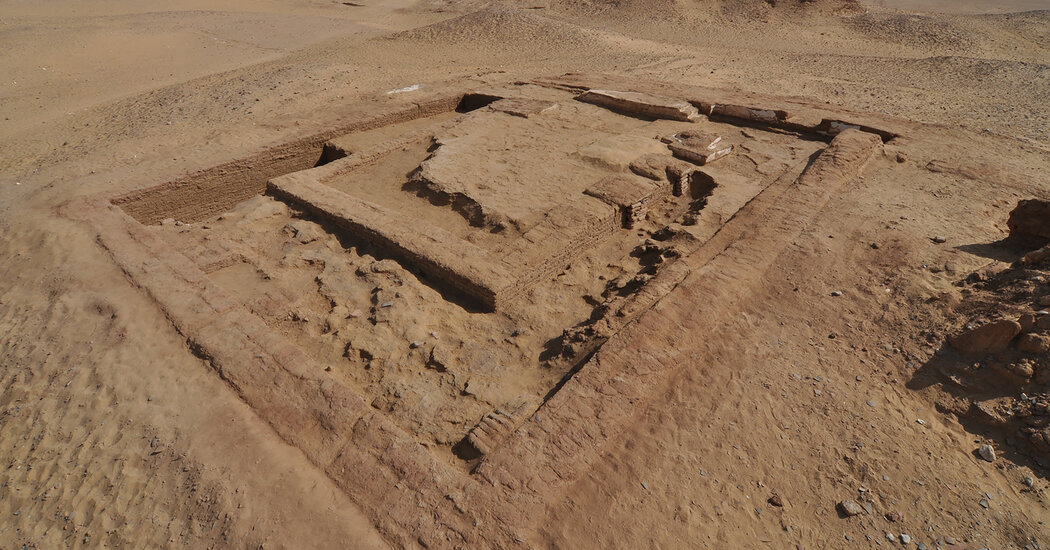A basilica from the 4th century held a surprising number of tombs with women and children, researchers found.
More than a decade ago, archaeologists began to excavate one of the world’s oldest Christian churches in the middle of a forbidding Egyptian desert. Delayed by war, political unrest and a global pandemic, the dig has turned out to be a revealing and confounding look at how early Christians buried their dead.
Built on an oasis sometime in the fourth century, the church held a surprisingly large number of corpses: 11 bodies in two crypts and six in separate tombs. Typically, in that period, leaders like priests and bishops would have been buried in a church, while others would have been relegated to cemeteries. But in this desert outpost, most of the remains belonged to women and children.
“The fact that there are so many tombs right inside the church is remarkable,” said David Frankfurter, an Egyptian religion scholar at Boston University who was not involved in the project.
Whereas ancient Egyptian funeral practices tended to be lavish and grandiose, early Christian burials favored simplicity. The bodies in the church were wrapped in linens, and only two were inside coffins. Bundles of rosemary, myrtle and palm leaves were left with one body, and one child was buried with a bronze cup. Otherwise, the tombs were sparse.
The team — led by David Ratzan, a scholar of ancient civilizations at New York University, and Nicola Aravecchia, an archaeologist at Washington University in St. Louis — began excavations at the church in 2012. But political upheaval, as well as the accidental killing of several tourists by the Egyptian military in a nearby area of the Western Desert, kept the researchers out of Egypt for many years. Only in 2023 was the team allowed to return to Egypt and finish its work, as described in a book published in September.
